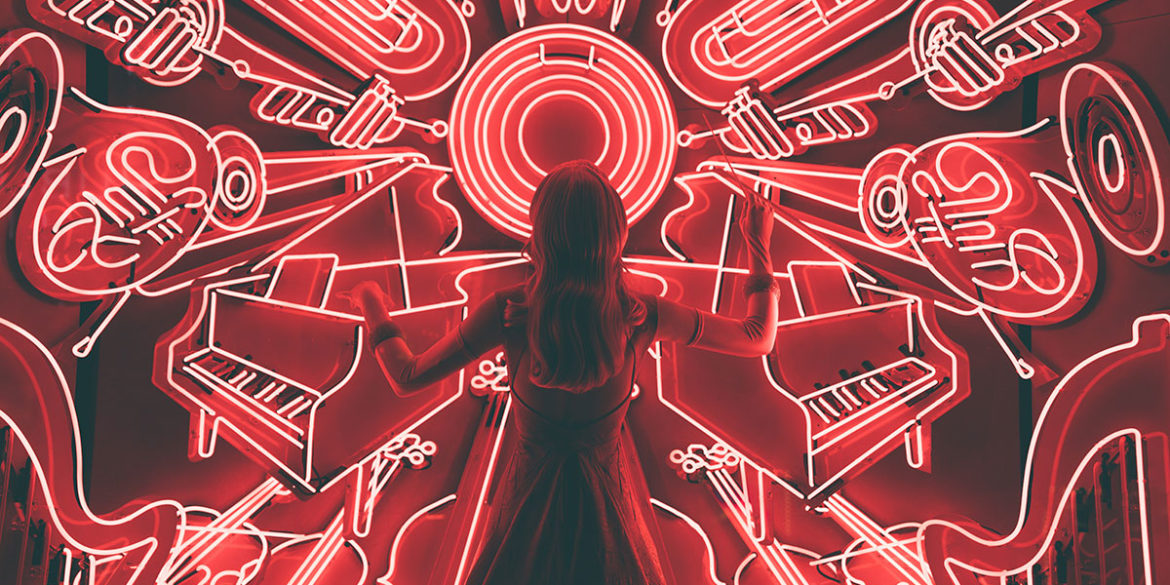Kendrick Lamar, a Hero to Many
Heel
/hēl/
- In professional wrestling, a heel (also known as a rudo in lucha libre) is a wrestler who portrays a villain or a “bad guy” and acts as an antagonist[1][2][3] to the faces, who are the heroic protagonist or “good guy” characters.
- The back part of the human foot below the ankle.

Kendrick Lamar can’t lose. Three studio albums in a row and he’s hit every one of them out the park. Most notably he has become a hero in the eyes of many—the face of “true Hip-Hop”.
Where can K. Dot go from here?
His first album is a uniquely structured day-in-the-life narrative of a teenager from Compton who dealt with the likes of unrequited love, peer pressure, and gang violence. To Pimp A Butterfly is a powerfully conscious expression of black culture and DAMN. is a barrage internal monologues confronting brooding social and moral turmoil.
It’s hard to imagine where Kendrick can go next without some type of outside force pushing him into new territory. Two other Hip-Hop greats — Eminem and Kanye West — who had a three-album streak were met with critical decisions in their artistic direction. For Eminem, he had fallen deep into his drug addiction at this point and released the confusing and generally panned Encore. Kanye had gone through a tumultuous break-up that inspired 808s & Heartbreak—a polarizing and inevitably groundbreaking work.
When looking back at Kendrick’s last three albums (hell let’s throw in Untitled Unmastered), it’s evident that Lamar has played a singular, consistent role of a troubled hero. A protagonist who is destined for greatness and who truly wants to do good. This isn’t to suggest there’s any falsehood in this portrayal but ultimately, part of an artist’s duty is maintaining their audience’s interest.
How far can Kendrick stretch this “role” out? How many albums can he continue to fill the shoes of the determined hero before it becomes repetitive?

In the wrestling world, when a heroic wrestler was reaching a plateau in their popularity they would turn heel. This meant that they would go from being the good guy to the bad guy. In many instances, this created a huge spike in their popularity and often maintained or revitalized their career.
One of the most iconic heel turns in the history of wrestling was at WCW Bash at the Beach. Hulk Hogan, who was the pinnacle of heroic virtue in wrestling, betrayed his ally Randy Savage and formed N.W.O. with The Outsiders. This, of course, was a major twist and shock for fans but it also led to a huge success for the franchise.
Now I’m not suggesting in any way for Kendrick to “betray” his friends and fans. But taking a hard left turn in the shoes he fills will allow him the opportunity to tackle the same themes and topics from an entirely different scope.
When wrestler’s turn heel, the change allows a lot more freedom in their performance. In many ways, they aren’t confined by the same restraints when they’re in the role of the hero (referred to as “face” in wrestling). Likewise, they are able to partake in match-ups with wrestlers they otherwise would not have been able to spar with. This creates a whole new dynamic in the experience for the fans and sport as a whole.
So what in prompted this thought? It wasn’t any specific moment per se but more so a series of things that stuck out in Kendrick’s discography. Despite the overwhelming positive image that Kendrick embodies, he hasn’t shied away from taking on more nefarious personas.
In good kid, m.A.A.d. city there are numerous instances where his “character” indulges in vice. “Backstreet Freestyle”, “Peer Pressure”, and “m.A.A.d. city” are prime examples of this. With these particular songs, the audience gives leeway to this behavior because Kendrick had already set up the dangerous and impressionable environment that his “character” lives in. The context of his actions are understood.
With To Pimp A Butterfly, the song “Blacker The Berry” is an internal dialogue of the “character” asking if he can ask for justice of black man killed by a cop when he himself had murdered another black man. On DAMN. he confesses, moments before giving a talk about gun violence, that he would partake in revenge if anyone killed his family member.
Outside of his studio albums, Kendrick has embraced an antagonistic role more abrasively. In 50 Cent’s song “We Up”, Kendrick raps:
Guns in your video get you locked in a bing
Yeah, I kill a nigga quick, no worries, my record clean
Murder one become manslaughter as soon as they brought up
Charity work, parking tickets and no charges
Fuck nigga you fucked over your father when he gave you a dick
Should have been a bitch in pajamas
In the Black Hippy cuts of “UOENO”, “Black Lip Bastard”, and “Vice City” Kendrick raps off villainous lyrics with unflinching conviction. In these songs, there is no preachy message, no enlightened perspective, and most definitely no call for the audience to better themselves. They are self-indulged, bullying, and arrogant. And it’s dope as hell.
It would be quite an interesting turn for the Compton prophet and in many ways would allow him much-needed freedom to explore newer themes or the same themes but now from the other side of the fence. Regardless, there is a certain restriction in presenting ideas when you continuously wear the same uniform.
And with Kendrick’s talent, he can still make the turn to heel be one of nuance. Given his ability to weave incredible narrative and story motifs within his albums, it would be exciting to see what he can do with this framework.
[youtube https://www.youtube.com/watch?v=-6jhuhsG-7w&w=560&h=315]








